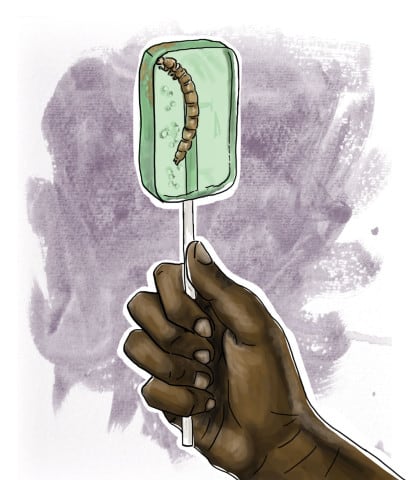 The University of Saskatchewan Biology department’s Bioscan is back for 2015 to teach youth and adults about the importance of the biological sciences and show the biology department’s new research.
The University of Saskatchewan Biology department’s Bioscan is back for 2015 to teach youth and adults about the importance of the biological sciences and show the biology department’s new research.
Bioscan is a tri-annual event held at the U of S over three days as a collaboration of the department of biology staff and students to showcase the developments that have occurred in research in the biological sciences to a wider audience. The event is focused on showing Saskatoon youth what they could pursue in regard to education and careers in life sciences. It also allows children to have an interactive experience with many displays, dioramas and collections of specimens they can examine on their own.
“Bioscan is basically a giant, interactive science exhibition meant to spark interest in our city’s youth in all things biology-science related,” said Graham Schmitz, fourth-year representative on the U of S Biology Club and one of the event’s organizers, in an email to the Sheaf. “What Bioscan is really all about is encouraging kids’ curiosity in the life sciences and to show them first hand how fun and interesting it can be.”
On Feb. 6, students from elementary schools in Saskatoon will come to the event and get an opportunity to conduct and participate in simplified versions of experiments and analysis of biological specimens one would expect to see in a first-year biology lab.
One experiment they can participate in will be of DNA extraction, where students can take a sample of DNA and extract the strands using different methods used by the scientific community today. They can also examine a large collection of different insects collected by various people in the biology department throughout the years. In addition, students will be able to look at live and preserved specimens such as lizards, tapeworms and a variety of aquatic life amongst others.
Bioscan is open to anyone at the U of S who would like to set up a booth or exhibition to showcase a topic they are knowledgeable or think is interesting pertaining to the life sciences.
In previous years, Bioscan has had exhibitions on topics such as edible insects, where audiences would find out about insects as a nutrient source and then have the opportunity to try chocolate covered crickets. They also have lectures on a variety of topics, guided tours, research exhibitions and hands-on workshops. Schmitz said this is a great way for kids to learn out the different aspects of the biological sciences, which include life, animal and plant sciences.
Bioscan also helps students studying life sciences to foster relationships between other students studying in a different but related aspect of the biological sciences — harbouring interdisciplinary participation — as well as meeting professors from different areas of research. Student volunteers can display their own areas of research and knowledge and also help out in other aspects such as guided tours, ticket sales, set-up and take-down, and helping children with any questions they might have.
Even with the emphasis on children, Bioscan has something for everyone. The general public can come and view the exhibits as a way to understand scientific research in a more simplified form. Rather than focus on the professional research, Bioscan aims to take interesting facts and U of S research and make it relevant and applicable to everyday life.
Bioscan takes place from Feb.6–8 in the biology and geology buildings. Feb. 6 is exclusively for elementary school students, while the event will be opened up to the public from Feb. 7 onward. Tickets are $2 for youth under 18 and $3.50 for adults. For more information, you can visit http://usaskbioscan.weebly.com/
—
Graphic: Stephanie Mah/Graphics Editor